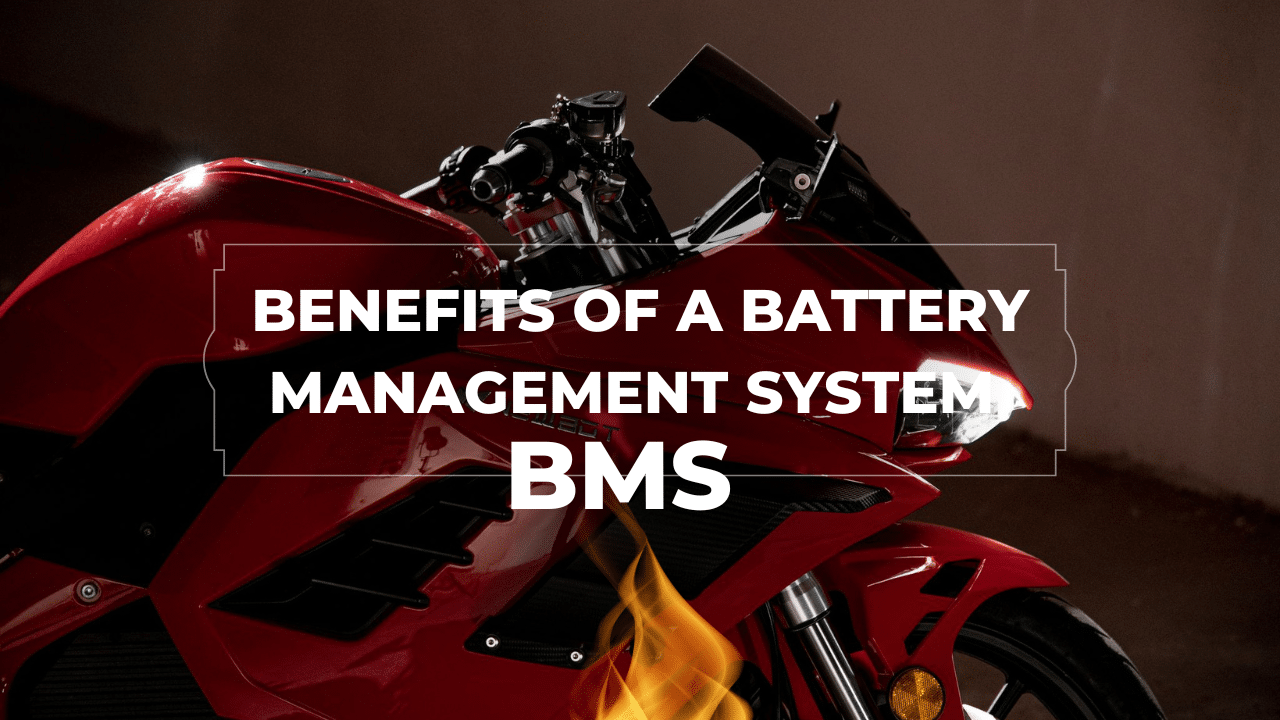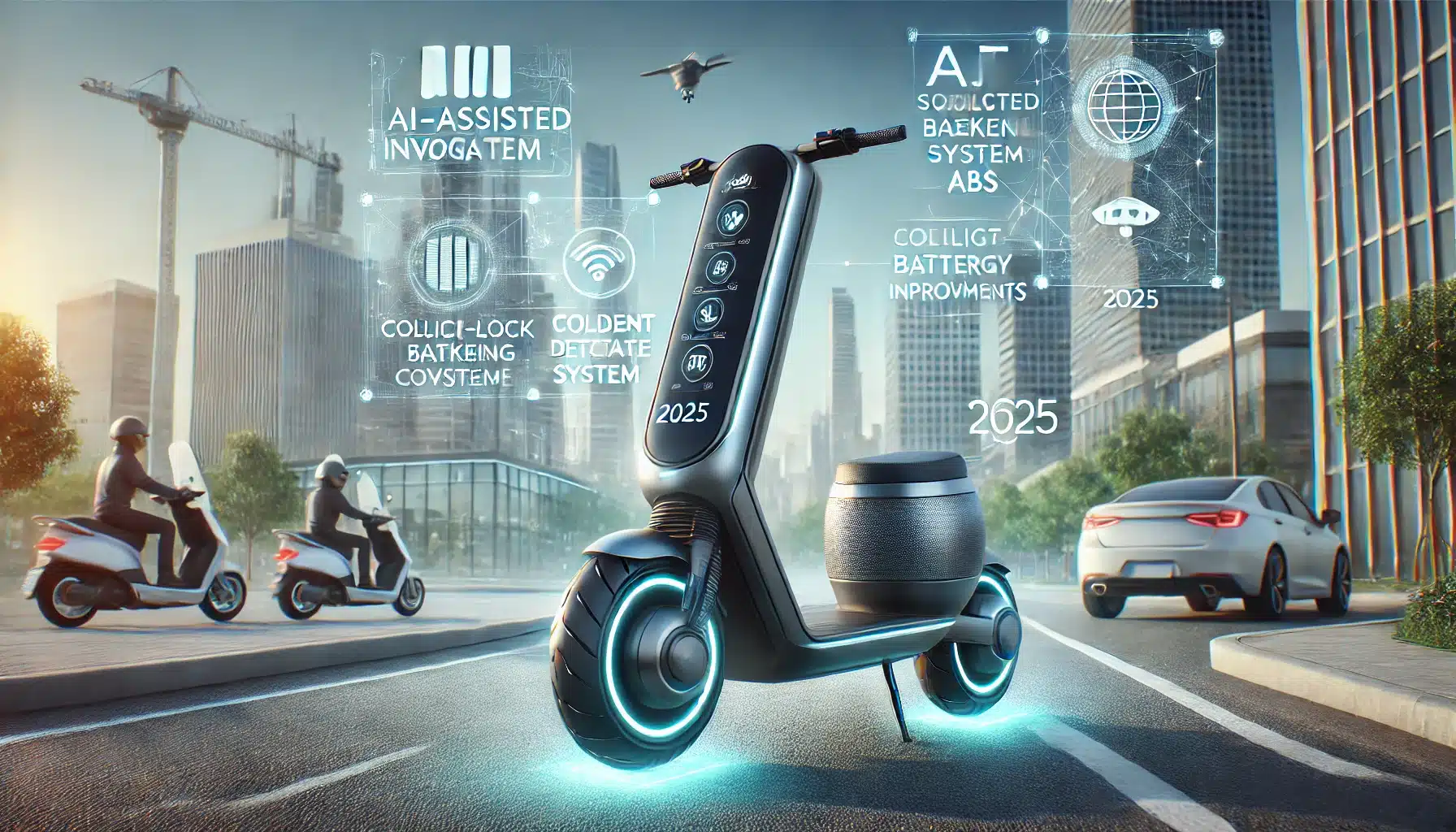It’s an undeniable fact that no lithium-ion battery is complete without a BMS. In fact, this statement holds so much truth that many manufacturers of lithium-ion batteries for electric vehicles have designed their own BMS models.

But what exactly is a BMS?
A BMS, or Battery Management System, is essentially a measurement device that takes the form of a variable-sized chip, interconnected with a series of wires, some longer than others. The BMS serves multiple roles: it acts as a controller, a manager, and, most importantly, as a safeguard. This is of most importance when dealing with lithium-ion batteries, where a lack of safety during charging or discharging can lead to hazardous reactions such as fires, gas emissions, or even explosions. Such incidents pose significant risks to users and bystanders near electric two-wheelers.
Given these substantial risks, the initial statement remains undeniable: no lithium-ion battery should ever be without a BMS.
One of the most notable and logical benefits of implementing a BMS is the extension of battery life. A high-quality BMS offers genuine protection to battery cells against overloads and over-voltages, significantly enhancing their longevity.
The features of the BMS
The BMS (Battery Management System) is a software in charge of controlling the batteries that power the engine of electric vehicles. The BMS assumes three essential roles :
Primary Function: Monitoring the Lithium-Ion Battery in Electric Two-Wheelers
The role of the BMS is to continuously monitor and manage the lithium-ion battery powering electric two-wheelers. This ongoing monitoring and control represent a significant electronic challenge. The synchronization and precision of the data collected by the BMS are crucial for ensuring the safety of both the electric two-wheeler and its rider (whether it’s a scooter, motorcycle, or electric bike).
It’s important to acknowledge that the operating environment of electric batteries is often less controlled than desired. Extreme conditions, such as intense heat, can place additional stress on the battery. This is where the BMS comes into play, continuously gathering real-time data from the battery and analyzing it to implement effective solutions.
For instance, if elevated temperatures cause the battery cells to overheat, the BMS responds by activating a cooling fan. In situations where this cooling measure proves inadequate, the BMS takes the step of disconnecting the battery to prevent further issues.
Secondary Function: Balancing Lithium-Ion Battery Cells
Lithium-ion battery cells, responsible for storing electrical energy, often don’t originate from the same production line. This can result in varying performance levels, especially when subjected to external stresses like heat once they are integrated into the battery pack of an electric motor. The BMS takes these differences into consideration as it works to balance the charge of all these cells.
A potential malfunction of the BMS, the Battery Management System, could lead to a complete recharge of certain cells while leaving others only partially charged. This can result in a limited availability of useful energy, with some cells aging rapidly, ultimately reducing the overall lifespan of the battery.
Tertiary Role: Identifying New Performance Indicators
In addition to monitoring essential parameters like voltage, temperature, and current, the BMS plays a pivotal role in identifying and providing data on various performance indicators. For example:
- Estimating State Of Charge (SOC):The BMS calculates the State Of Charge, or SOC, which reflects the capacity of the lithium-ion battery. This capacity is directly linked to the electric vehicle’s range, and the BMS can convey this information to the rider (whether it’s a scooter, motorcycle, or bicycle) when necessary.
- Interacting with Charging Stations: The BMS, or Battery Management System, establishes communication with the charging station for the lithium-ion battery. By taking into account specific criteria, the BMS determines the power level that the charging station should deliver to ensure it operates within safety limits.
Related articles:
- How to Choose An Electric Scooter?
- How Fast Do Dual Motor Electric Scooters Go?
- Electric Scooter Troubleshooting-Common Problems & Their Solutions
- Which is Better: Electric Scooter or Electric Bike?
- Which is Better: An Electric Scooter Or A Gas Scooter?
- Electric Scooter Repair: A Few Minutes to Repair the Electric Scooter Shock From Leaking Oil
- Top 7 Electric Scooter Safety Tips Everyone Should Know
- How To Choose An Electric Tricycle For The Elderly?
- 5 Best Fat Tire Scooter 2022-2023
- Which Electric Vehicle To Choose?
- Linkseride – Fat Tire Electric Scooter Maintenance
- 6 Tips To Maintain Lithium-ion Battery of Electric Citycoco Scooter








